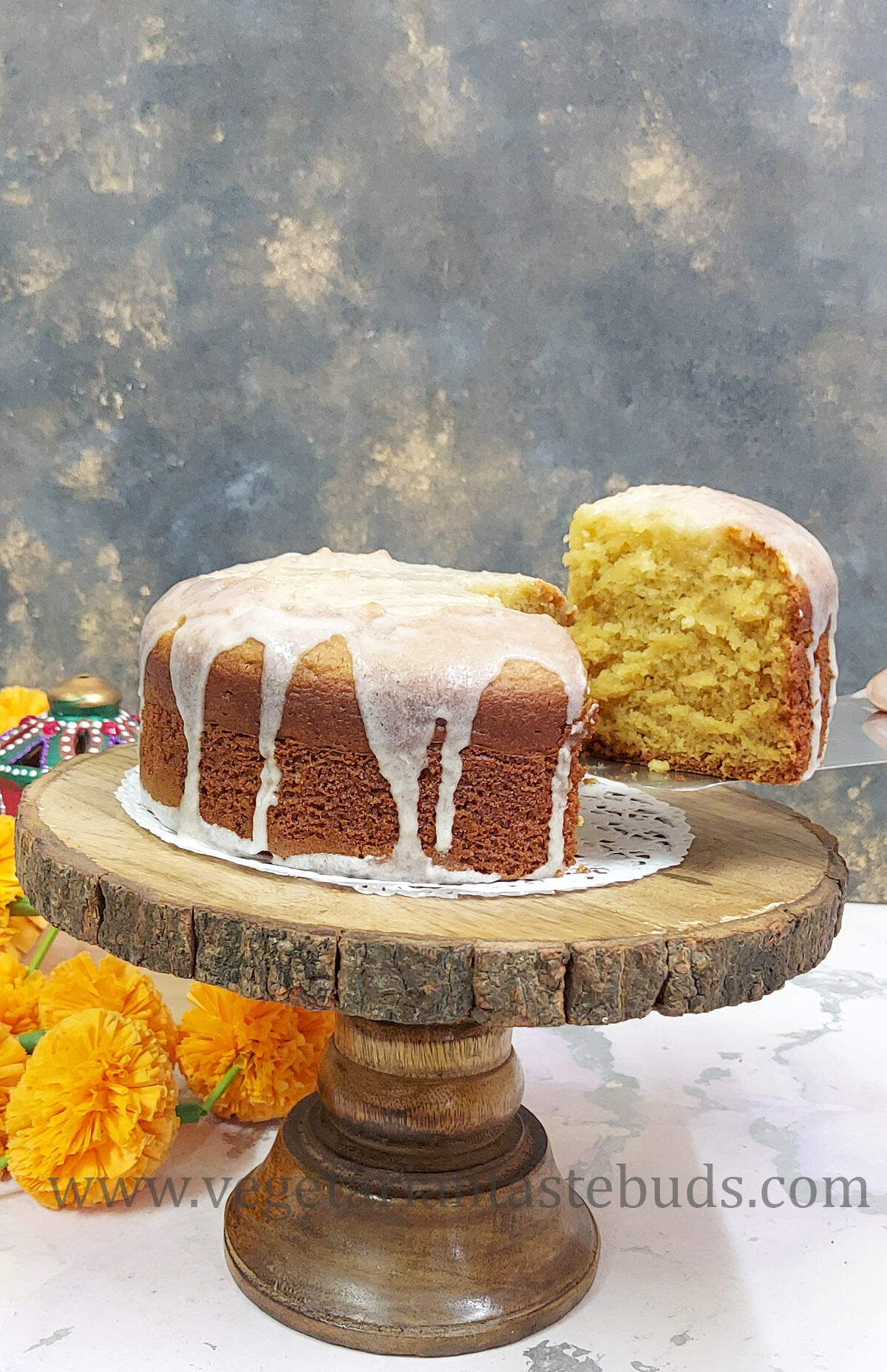
A delectable fusion cake with Indian flavors – this eggless thandai cake is baked in pressure cooker and is soft, moist and loaded with all the flavours of thandai
About This Recipe
Festival of Holi is incomplete without thandai. So why not make delicious recipes with thandai flavour and enjoy during the festival of colors. After sharing the recipe for Baked Thandai Mathri, here is another thandai flavoured recipe – eggless thandai cake. This cake is baked in pressure cooker. We have also shared the method of baking it in oven.
We have used Homemade thandai powder to make thandai milk for this recipe and then used it to prepare our cake batter. We have then poured icing sugar glaze over the cake.
This is a cake that is –
- eggless
- butterless
- baked in pressure cooker
Ingredients
Flour – We have used Maida, but in case you want to use wheat flour then you can change the proportion to 50:50
Thandai Powder – Homemade Thandai Powder in this recipe brings out the flavors and is a must. You can easily make Thandai Powder at home by following our recipe. We recommend you must try the recipe with homemade thandai powder, but if in case you don’t have access to ingredients or are in a hurry, then you can use a store-bought one.
Milk & Sugar – We have prepared thandai milk using milk, thandai powder and sugar. The milk is strained and added to the cake batter.
Other wet ingredients include curd, oil, vanilla essence and water. Use fresh curd that is not sour. Add water gradually as required.
Corn Flour & Milk Powder are a must in this thandai cake and gives a soft and airy texture. Do not skip milk powder in this recipe, since along with giving a nice texture, it gives a milky mava-like flavour to the cake.
Other Dry Ingredients are Baking Powder and Baking Soda.
For the sugar glaze, combine icing sugar, melted unsalted butter and milk.
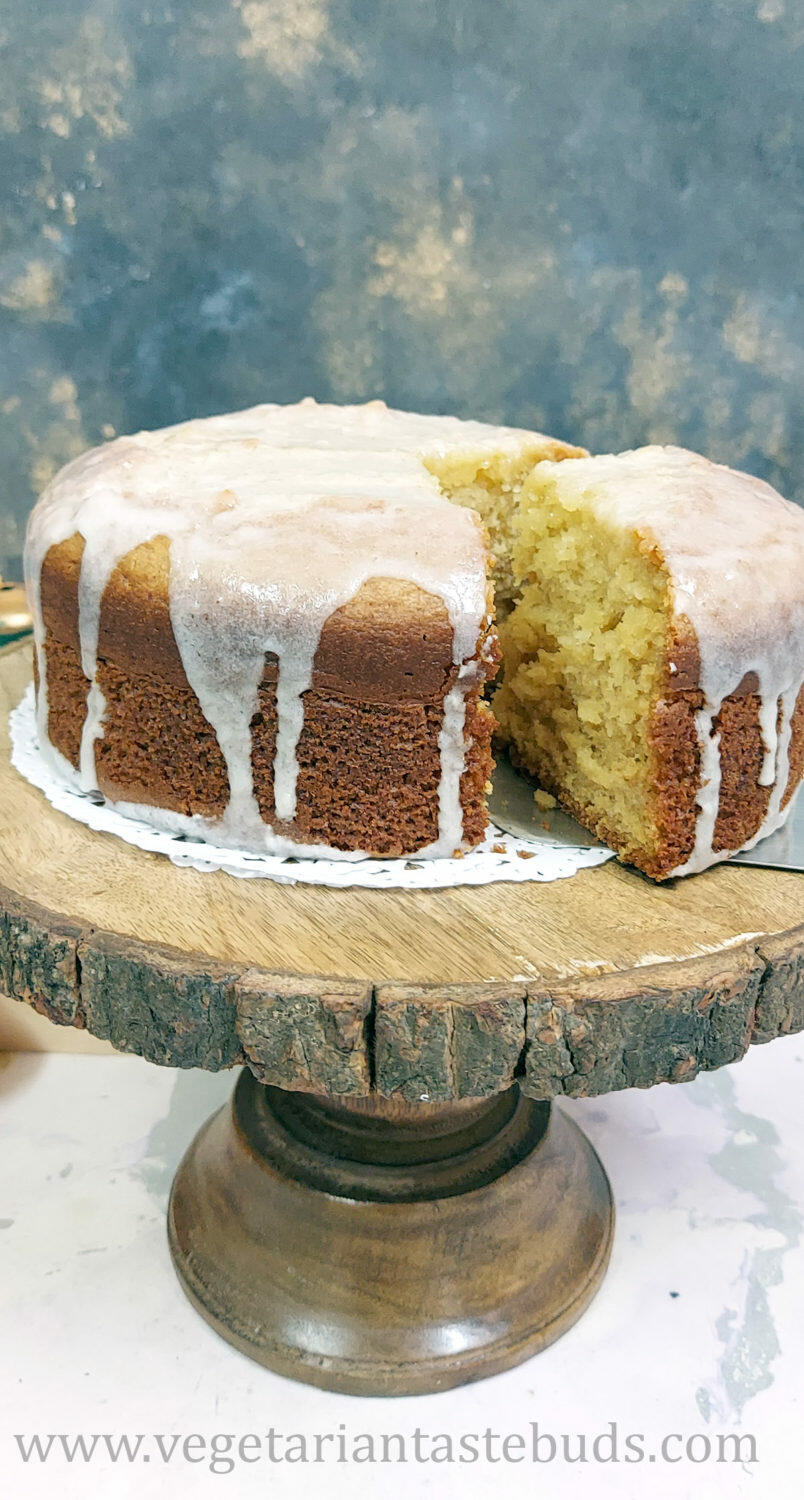
How to make Eggless Thandai Cake – Step by Step Recipe
For Thandai Milk
In a thick bottomed pan, combine 1 cup milk and ¼ cup homemade thandai powder and heat on medium flame. Once the milk comes to a boil, reduce the flame to low and simmer for 4-5 minutes. Keep stirring frequently. By doing so all the thandai masala flavours will be absorbed in milk. In the end, add 1/3 cup sugar and cook for another 1-2 minutes till it gets dissolved.
Remove from flame and strain this mixture and collect milk in a wide bowl. Let this thandai milk come to room temperature.
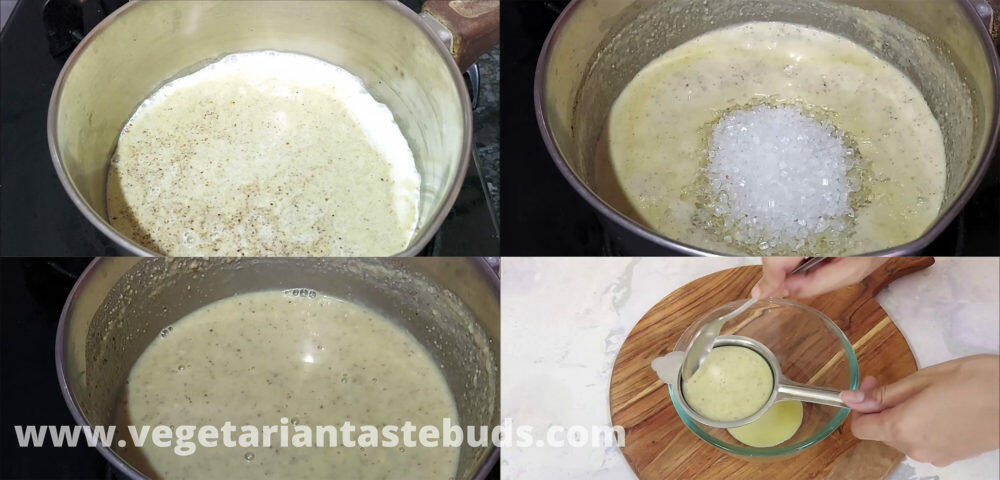
Once milk is cooled, add oil, curd and vanilla essence. Whisk well with a hand whisk until everything gets combined well.
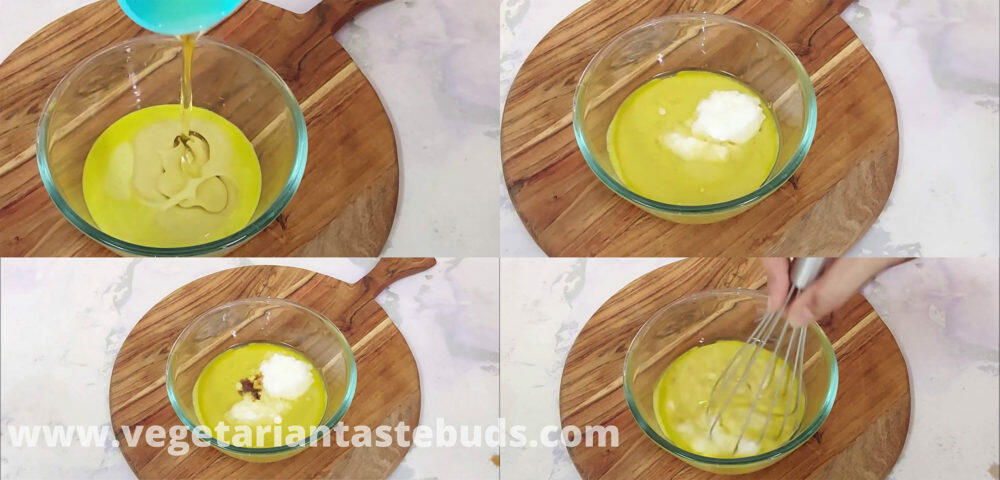
Sift maida, corn flour, milk powder, baking powder and baking soda in a bowl. Add all the dry ingredients in 2-3 batches and whisk gently to avoid lumps.
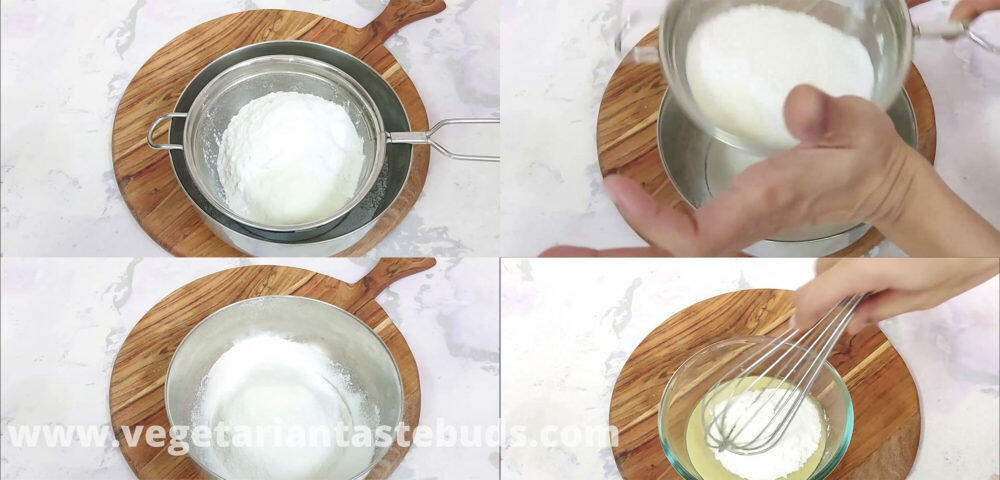
Now check the consistency and add 1-2 tablespoon water gradually and keep mixing till you get a smooth lump free batter. Do not over-mix. First mix with a spatula, if you observe any lumps, then whisk it with a hand whisk. Consistency of the batter should be such that it should easily drop from spatula. You can adjust the quantity of water. Only add water if you find the batter thick.
Pour the batter into the tin. Tap 4-5 times just to level the mixture.
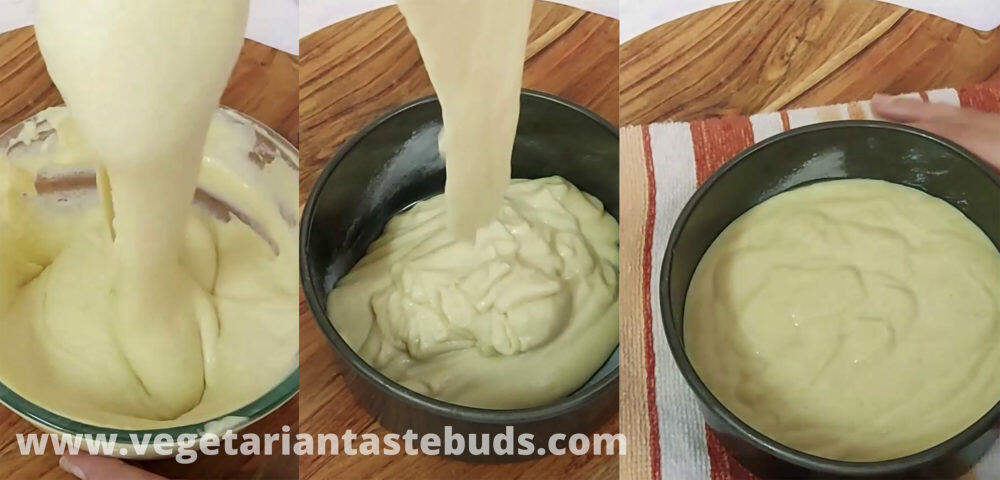
Pre-heating pressure cooker – Remove the whistle and gasket from the lid of pressure cooker. Add salt in the base of the cooker and spread it with hands. Salt should be enough to cover the base of cooker. Place a stand inside. Cover it with lid and let it pre-heat on medium heat for 5-10 minutes.
Open the lid of pressure cooker, put a perforated plate (plate with holes) on the stand and place our cake mould on it. If your stand is tall, then no need to place plate on it. We have used 5 litre aluminium cooker.
Close the lid and bake on medium heat for about 30-40 minutes. Baking time will vary as per the size of cooker and size of baking tin. We suggest you remain alert after 30 minutes. Insert a knife/toothpick into the middle of the cake. If it comes out clean, cake is ready. If it doesn’t come out clean, bake for a few more minutes.
Remove the tin, cover and let it cool down for atleast 30 mins before demoulding. Once slightly cooled, invert on a wire rack.
Cover the cake and allow it to cool completely for 3-4 hours before slicing.
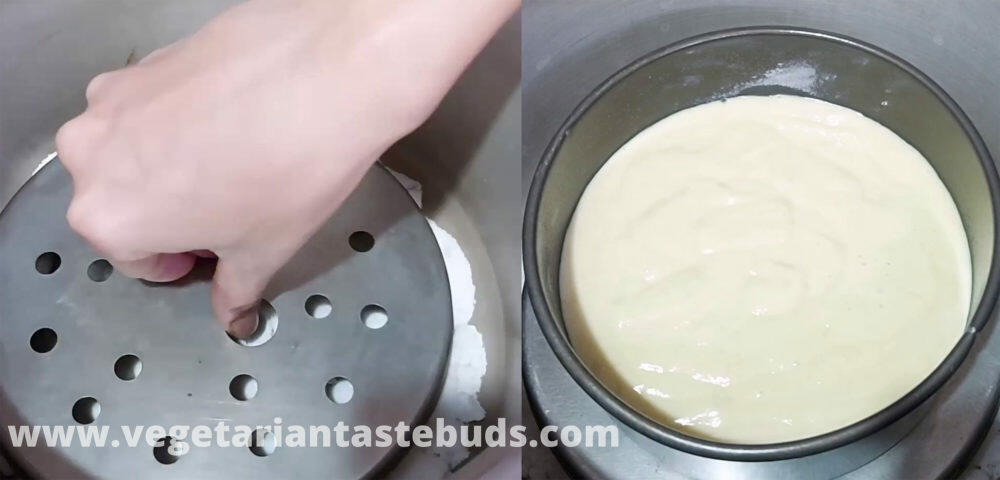
For the sugar glaze
In a bowl combine icing sugar, melted butter and milk. Add milk gradually and keep mixing till you get a pouring consistency glaze. Make sure glaze is not too thin.
Once the cake comes to room temperature, pour the glaze and serve. Do not pour the glaze when the cake is warm or hot.
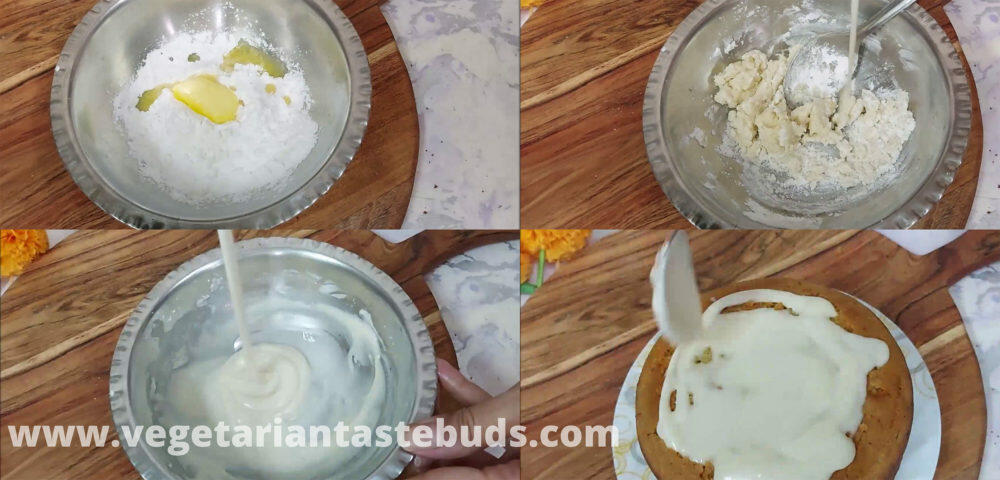
Tips & Tricks
- Once the cake comes to room temperature, pour the glaze and serve. Do not pour the glaze when the cake is warm or hot. Otherwise the sugar will melt and glaze will get absorbed in the cake.
- Add milk gradually to icing sugar and melted butter and keep mixing till you get a pouring consistency glaze. Make sure glaze is not too thin. If the glaze becomes too thin or runny, then add little more icing sugar or corn flour.
- Either grease the tin with oil/butter and dust it with flour. Second way is to spread oil/butter and then line it with parchment paper/baking sheet.
- All the ingredients to be used, should be at room temperature.
- We have used 5 litre aluminium cooker. If you have a tall stand use that one. We didn’t had tall stand, so we have placed a perforated plate (plate with holes) on the stand and placed our cake mould on it. If your stand is tall, then no need to place plate on it.
- Leftover thandai powder paste collected in the strainer after straining thandai milk can be used to make thandai flavoured milk again. You can also use it to make thandai mathri. Follow our baked thandai mathri recipe, but add milk only if required. Since this paste will have milk and moisture.
Frequently Asked Questions
How to bake eggless thandai cake in oven ?
We have baked our eggless thandai cake in pressure cooker. But if you want to bake it in OTG or Convection Oven, Preheat the oven to 180 degrees Celsius for 10 minutes. Bake at 180 degrees Celsius for about 30-35 minutes. Baking time will vary for every convection. Be alert and check after 30-32 minutes.
Can whole wheat flour be substituted in a recipe instead of maida ?
Replacing all purpose flour with whole wheat flour generally makes your cake to be more dense, dry and crumbly. Also, whole wheat flour absorbs more water. So, we recommend you opt for 50:50 maida and wheat flour for the 1st time and then for the next time try a little more wheat flour as compared to maida. Also, quantity of liquid will vary.
Serving Suggestions
Serve plain – at room temperature or warm (micro for 10-20 seconds)
We have poured icing sugar glaze over the cake. You can flavor the glaze with any essence.
You can also drizzle melted white chocolate over the cake and serve.
Storage And Shelf Life
Once cooled, store the cake in an air-tight container.
If you do not pour glaze on the cake, it stays fresh at room temperature upto 24 hours. Later, shift the container to refrigerator. It will stay fresh in refrigerator for 3-4 days.
If you pour glaze on the cake, do not keep the cake at room temperature. Transfer the container to refrigerator and store this cake in refrigerator for 2-3 days.
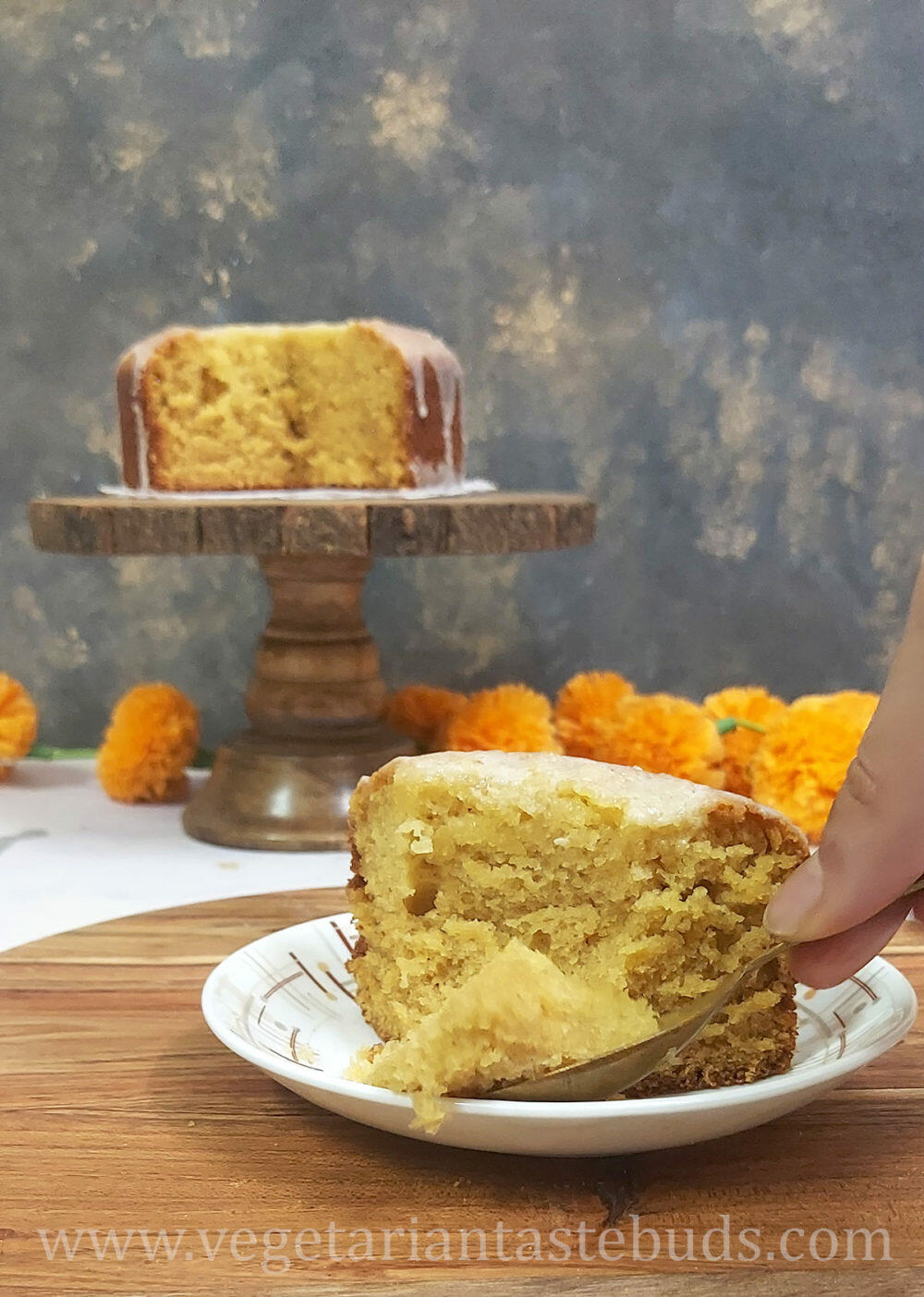
More Eggless Cake Recipes
Eggless Pineapple Pastry Cake Recipe | with homemade pineapple gel
Eggless Black Forest Cake | 10 tips to make a perfect black forest cake recipe
Recipe Card
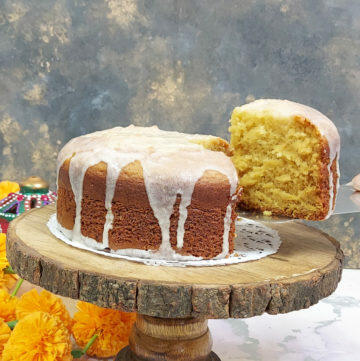
Eggless Thandai Cake (in Pressure Cooker)
Loved this recipe? Leave a comment below and give us a 5★ rating
Ingredients (1 cup = 240 ml)
For thandai milk
- 1 cup milk
- ¼ cup thandai powder read thandai powder recipe here
- ⅓ cup granulated sugar
For cake batter – dry ingredients
- 1 cup maida/all purpose flour
- 1 tablespoon corn flour/corn starch
- 1 tablespoon milk powder
- 1 teaspoon baking powder
- ½ teaspoon baking soda
For cake batter – wet ingredients
- ¼ cup oil
- ¼ cup curd/dahi
- ½ teaspoon vanilla essence
- 1-2 tablespoon water add only if required
For the sugar glaze
- ½ cup icing sugar
- 1 tablespoon unsalted butter melted
- 1-2 tablespoon milk gradually add as required
Instructions
- Grease a 6 inch baking tin with oil. Dust it with flour. Tap and make sure that the tin is evenly coated with flour. Remove excess flour. You may refer to our detailed video tutorial on how to grease a cake tin.
For thandai milk
- In a thick bottomed pan, combine 1 cup milk and ¼ cup homemade thandai powder and heat on medium flame. Once the milk comes to a boil, reduce the flame to low and simmer for 4-5 minutes. Keep stirring frequently. By doing so all the thandai masala flavours will be absorbed in milk. In the end, add 1/3 cup sugar and cook for another 1-2 minutes till it gets dissolved.
- Remove from flame and strain this mixture and collect milk in a wide bowl. Let this thandai milk come to room temperature.
- Leftover thandai powder paste collected in the strainer can be used to make thandai flavoured milk again. You can also use it to make thandai mathri. Follow our baked thandai mathri recipe, but add milk only if required. Since this paste will have milk and moisture.
Pre-heating pressure cooker
- Before mixing wet and dry ingredients, preheat the cooker. Remove the whistle and gasket from the lid of pressure cooker. Add salt in the base of the cooker and spread it with hands. Salt should be enough to cover the base of cooker. Place a stand inside. Cover it with lid and let it pre-heat on a medium heat for 5-10 minutes.
Preparing cake batter
- Sift maida, corn flour, milk powder, baking powder and baking soda in a bowl.
- Once thandai milk is cooled, add oil, curd and vanilla essence. Whisk well with a hand whisk until everything gets combined well.
- Add all the dry ingredients in 2-3 batches and whisk gently to avoid lumps.
- Now check the consistency and add 1-2 tablespoon water gradually and keep mixing till you get a smooth lump free batter. Do not over-mix. First mix with a spatula, if you observe any lumps, then whisk it with a hand whisk. Consistency of the batter should be such that it should easily drop from spatula. You can adjust the quantity of water. Only add water if you find the batter thick.
- Pour the batter into the tin. Tap 4-5 times just to level the mixture.
- Open the lid of pressure cooker, put a perforated plate (plate with holes) on the stand and place our cake mould on it. If your stand is tall, then no need to place plate on it. We have used 5 litre aluminium cooker.
- Close the lid and bake on medium heat for about 30-40 minutes. Baking time will vary as per the size of cooker and size of baking tin. We suggest you remain alert after 30 minutes. Insert a knife/toothpick into the middle of the cake. If it comes out clean, cake is ready. If it doesn’t come out clean, bake for a few more minutes.
- Remove the tin, cover and let it cool down for atleast 30 mins before demoulding. Once slightly cooled, invert on a wire rack.
- Cover the cake and allow it to cool completely for 3-4 hours before slicing.
For the sugar glaze
- In a bowl combine icing sugar, melted butter and milk. Add milk gradually and keep mixing till you get a pouring consistency glaze. Make sure glaze is not too thin.
- Once the cake comes to room temperature, pour the glaze and serve. Do not pour the glaze when the cake is warm or hot.
Video
Notes
- Once the cake comes to room temperature, pour the glaze and serve. Do not pour the glaze when the cake is warm or hot. Otherwise the sugar will melt and get absorbed in the cake.
- Add milk gradually to icing sugar and melted butter and keep mixing till you get a pouring consistency glaze. Make sure glaze is not too thin. If the glaze becomes too thin or runny, then add little more icing sugar or corn flour.
- Either grease the tin with oil/butter and dust it with flour. Second way is to spread oil/butter and then line it with parchment paper/baking sheet.
- All the ingredients to be used, should be at room temperature.
- We have used 5 litre aluminium cooker. If you have a tall stand use that one. We didn’t had tall stand, so we have placed a perforated plate (plate with holes) on the stand and placed our cake mould on it. If your stand is tall, then no need to place plate on it.
- Leftover thandai powder paste collected in the strainer after straining thandai milk can be used to make thandai flavoured milk again. You can also use it to make thandai mathri. Follow our baked thandai mathri recipe, but add milk only if required. Since this paste will have milk and moisture.
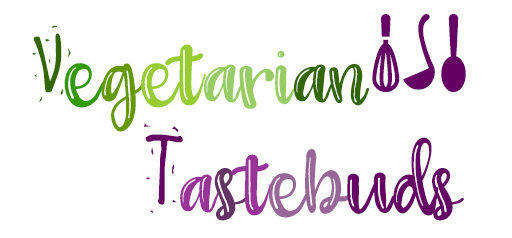
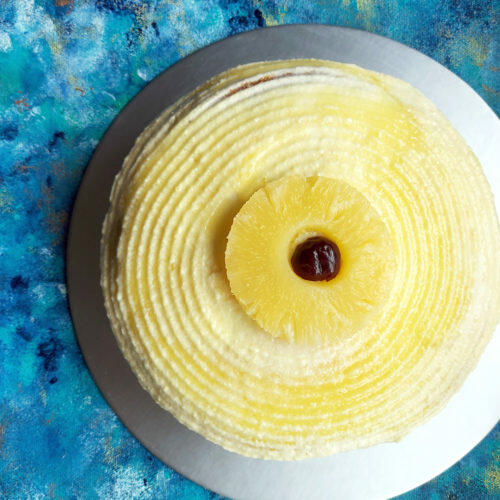
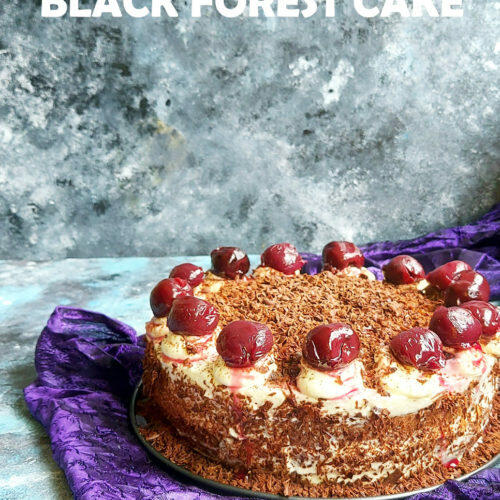
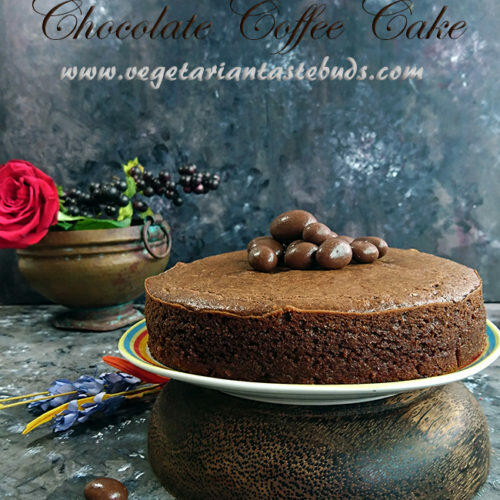

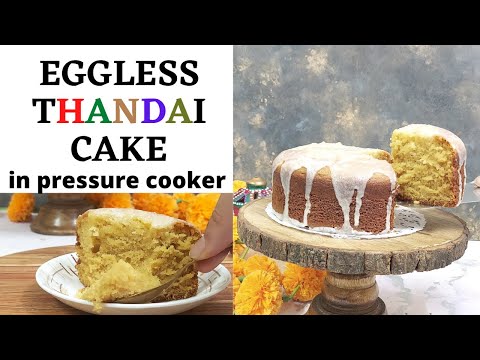
Leave a Reply